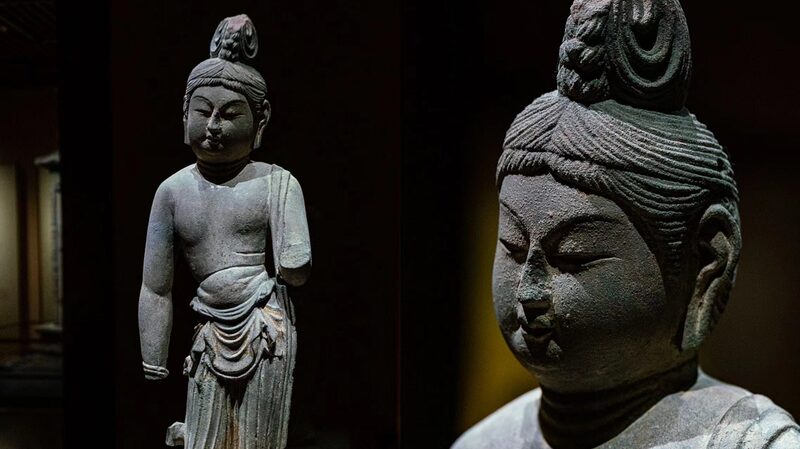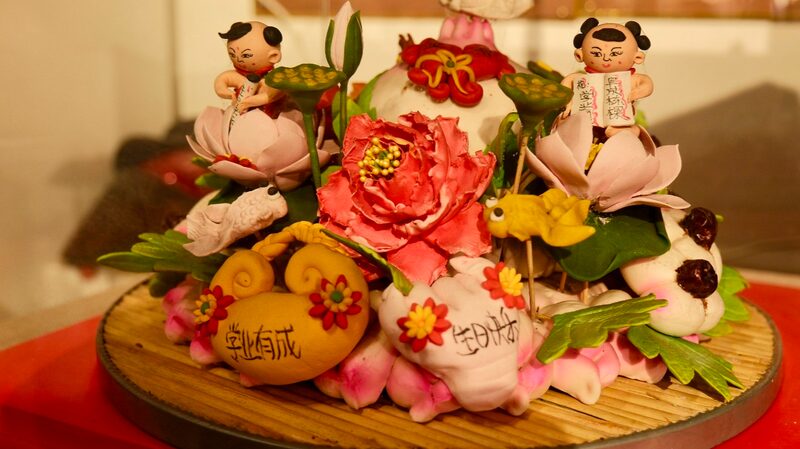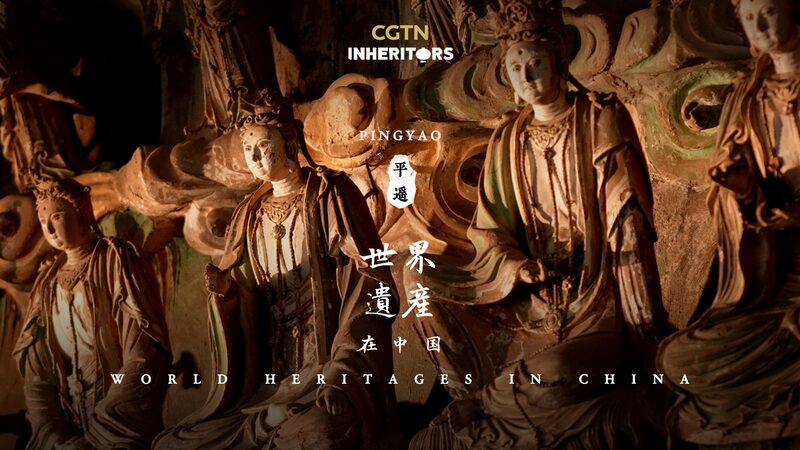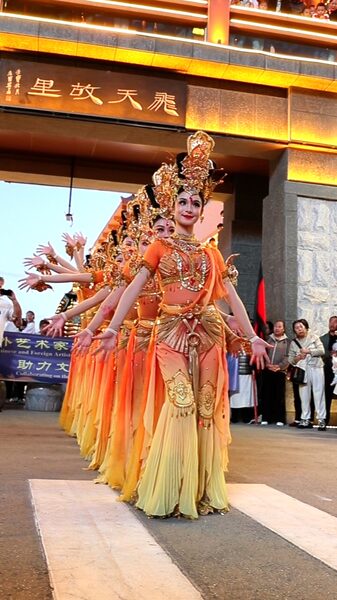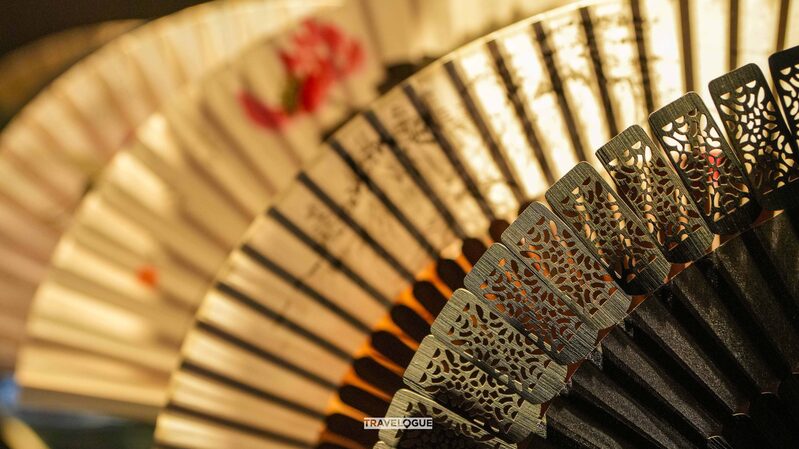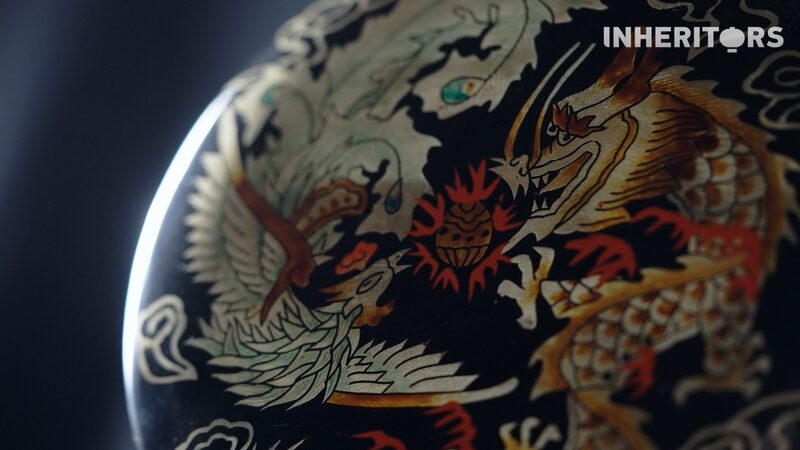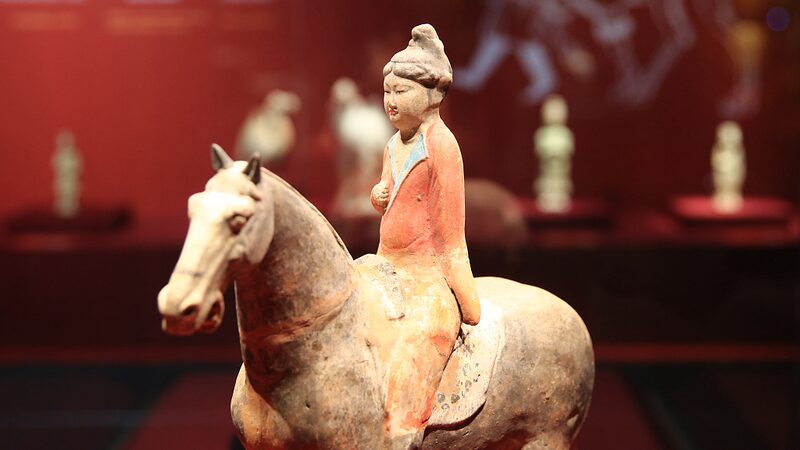In the heart of the Shanxi Museum resides a treasure from China’s illustrious past—a gilded and colorfully painted Bodhisattva statue from the Tang Dynasty (618-907). Despite the passage of time and the imperfections that have settled upon its surface, this masterpiece continues to captivate visitors with its profound elegance and historical significance.
The Tang Dynasty is often hailed as a golden age of Chinese art and culture, and this Bodhisattva statue is a testament to the era’s artistic prowess. The statue’s imperfections, whether they are chips in the gilding or fading pigments, tell a story of resilience and the enduring nature of cultural heritage. Each blemish adds character, serving as a silent witness to centuries of history, turmoil, and preservation.
The Bodhisattva, a being who forgoes nirvana to aid others on their path to enlightenment, is depicted with serene composure. The delicate craftsmanship highlights intricate details—from the gentle drape of garments to the tranquil expression that embodies compassion and wisdom. The use of gilding and vibrant colors reflects the opulence of the Tang Dynasty and the importance of Buddhist art during that period.
For scholars and enthusiasts alike, this statue offers a tangible connection to the past. It provides invaluable insights into the religious practices, artistic techniques, and cultural values of ancient China. The imperfections do not diminish its value; rather, they enhance its authenticity, reminding us that beauty often lies within the storied journey of an artifact.
Visitors to the Shanxi Museum are invited to contemplate the Bodhisattva’s enduring presence and the profound messages embedded within its form. It stands not only as a relic of a bygone era but also as an inspiration for appreciating cultural heritage and embracing imperfection as an integral part of history.
Reference(s):
cgtn.com
